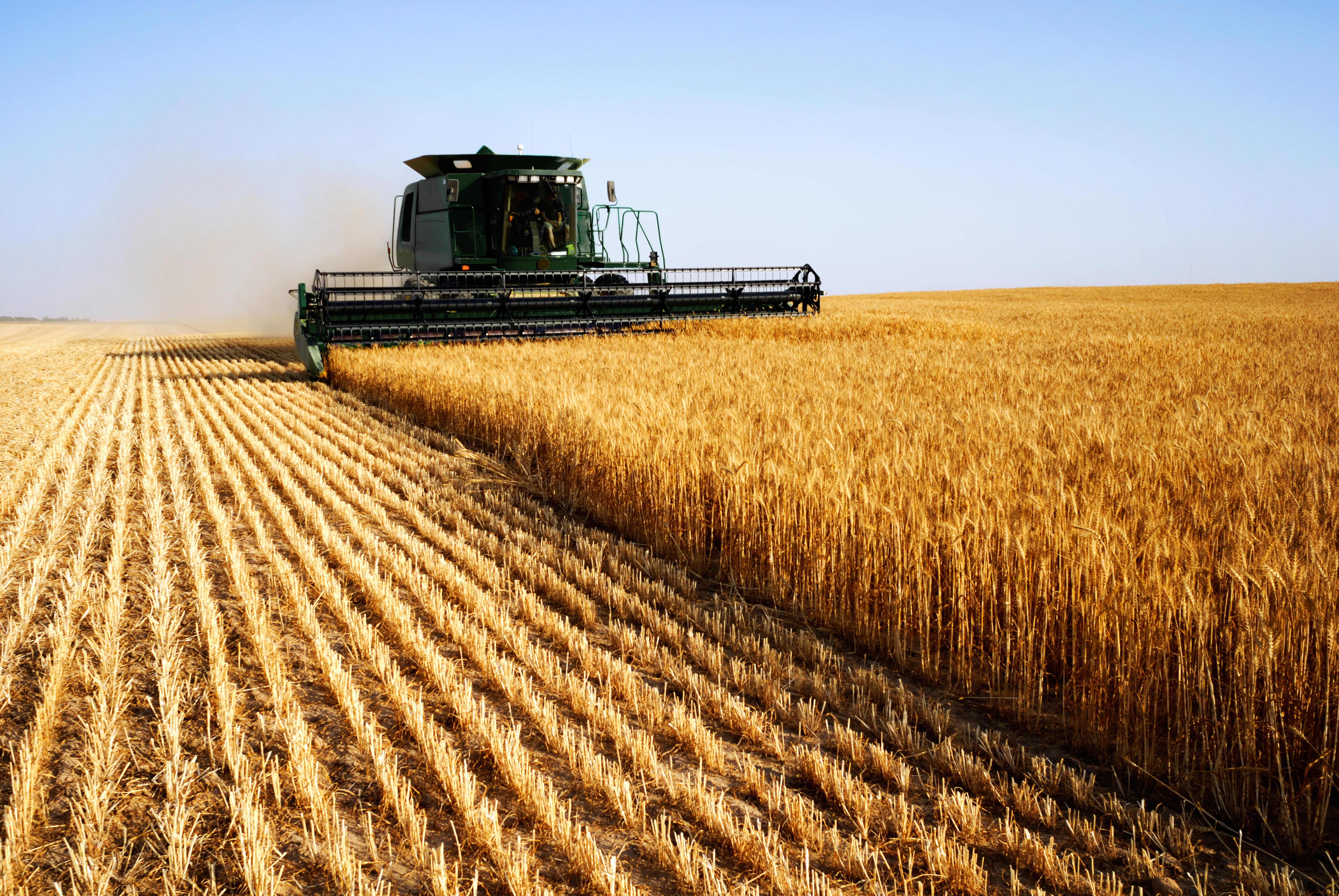By May Lin Tye
When I joined Figured 5 months ago as a Product Analyst, all I heard about was crops. With an end of year release in sight for a brand new crops experience, I joined right in the thick of it all. The fast-paced, high energy environment I had been told about was real, as the whole company pushed to get the new crops experience out the door and into the hands of our customers.
The job of a Product Analyst is to know what our users want, what they don’t want, what they might want, and most importantly, why. These have to be collated into something that makes sense for the product - which means considering how we can create something that meets our individual user needs, while also making something that caters to our growing user base with differing needs, in differing locations. We take these user needs and translate them into product requirements, which become pieces of work that we drive through to deliver working alongside our talented developers.
Building the new crops experience was a long process, involving a lot of hard work from everyone in Figured. In fact, it was about 18 months of work all up, in different capacity levels. By the time I joined, the whole company was full steam ahead for an end of year release. What resulted was a complex product stacked with business logic, intuitive design, and filled with technical smarts to build a streamlined workflow for the farm accounting team.
The Seed
Figured already had a crop tracker offering, which provided one of several bases for feedback that informed the new crops experience. During this early work, the job of our product team was to define what a useful and intuitive experience for tracking of crop production might look like. Working with our customer success team to get further into the minds of users, identifying needs and gaps, and looking to target markets, there were many ideas for the new experience. With a lot of conceptualisation, sketching, and analysis, a minimum viable product (MVP) was defined containing key features.
Over the months that followed, an iterative approach was taken to build on these ideas, with constant re-evaluation of what to build, how to build it, and how to piece it all together. As the process continued, these features got broken down into granular pieces of work, each linked to the business value it could bring to our customers.
The Growth
As our developers started building the new crops experience, the vision started to become reality. The product team continued to define, design, and iterate on product behaviour, testing the product inside out to find all the ways it could possibly break. In parallel to this, our skilled developers were rapidly shipping code, navigating gnarly technical challenges, and fixing bugs. Our marketing, customer experience, and sales teams were hustling to look after our customers, get the word out, and to sell the value of the new experience.
The work going on in all the different areas of the company, and of the product, all with one common goal meant that we had to adapt to get the job done. To handle the velocity of this project that was evolving massively day to day, we had daily stand-ups, where all members of the product and development teams would provide a quick report on their tasks and focuses for the day. These were open, providing a forum for everyone in the company to get updates as we pushed towards our goal.
The Harvest
After this effort, the team felt a great sense of achievement and pride from building such a complex product that could bring our users immense value. This came from bringing our users something that would streamline their workflows, grant them access to new insights to inform how they can increase efficiency of their farm, and a great user experience. In a company like Figured, the energy is so high with a sense of reward to match.
At Figured, we are now focused on getting our users onto the new experience, and to help users enjoy it, while maintaining an adaptable attitude to change. We are continuing to build on things that work well, improve the things that don’t, add new features, and fill the gaps.
The team culture at Figured really made this endeavour a success. The energy was high with all members of the team striving for the best possible outcome and being resilient in spite of challenges. Driving towards a common goal created such a sense of unity and reward across the whole company, much like a good crop harvest.

